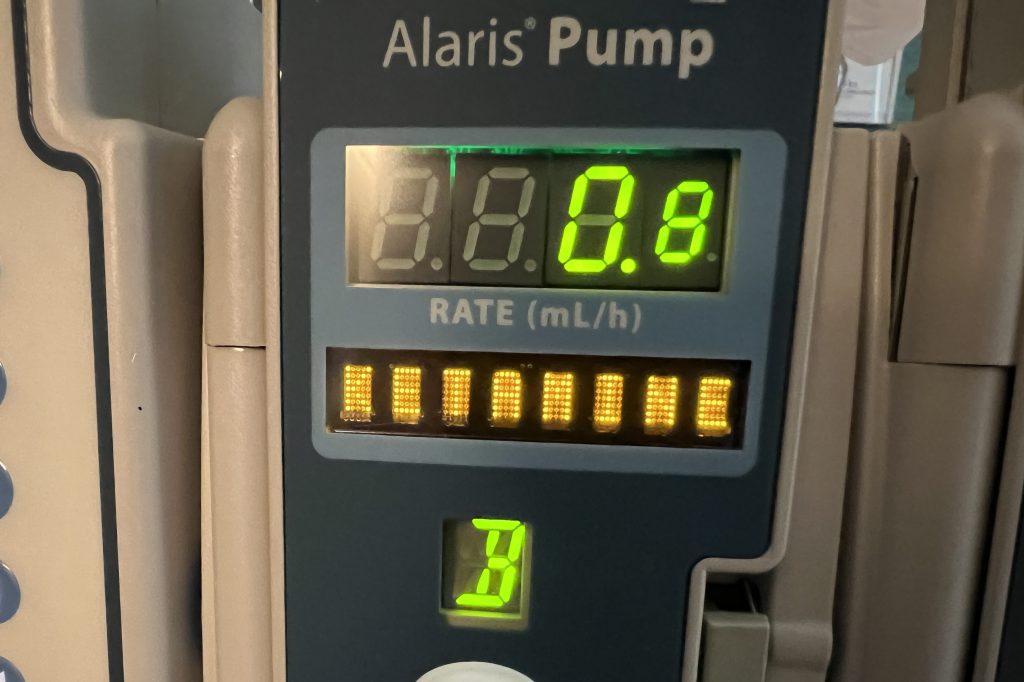On Friday, the SEC adopted new Rule 10c-1a, which will require certain people to report information about securities loans to a registered national securities association (RNSA). It will also require RNSAs to make publicly available certain information that they receive regarding those lending transactions. (The Financial Industry Regulatory Authority, or FINRA, is the only RNSA at present.)
The rule is intended to increase the transparency and efficiency of the securities lending market, the agency said in its press release. Investment managers will report to the SEC, and an aggregated, anonymized version of that information will be disclosed to the public, Chair Gensler explained.
The new rules were passed in a 3-2 vote, with Republican Commissioners Hester Peirce and Mark Uyeda dissenting in both instances.
New loan-reporting rule
SEC Rule 10c-1a under the Securities Exchange Act of 1934 will require certain confidential information to be reported to an RNSA to enhance the RNSA’s oversight and enforcement functions.
Further, the new rule requires that an RNSA make certain information it receives, along with daily information pertaining to the aggregate transaction activity and distribution of loan rates for each reportable security, available to the public.
Rule 10c-1a will require certain confidential information to be reported to an RNSA to enhance the RNSA’s oversight and enforcement functions. Further, the new rule requires that an RNSA make certain information it receives, along with daily information pertaining to the aggregate transaction activity and distribution of loan rates for each reportable security, available to the public.
The SEC says the final rule will result in the public availability of new information for investors and other market participants.
It is designed to provide access to timely, comprehensive securities loan information to market participants, the public, and regulators, which will help provide borrowers and lenders with better tools to assess the terms of their securities loans and enhance the ability of regulators to oversee the securities lending market.
The SEC says the final rule will also result in the public availability of new information for investors and other market participants to consider in the mix of information about the securities lending market and the securities markets generally, all with an eye to better inform their decisions. And it will help regulators better analyze market events.
The SEC said many commenters requested clarity regarding the market participants that would be required to provide the proposed Rule 10c-1 information to an RNSA. The final rule defines the term “covered person” to mean: (1) any person that agrees to a covered securities loan on behalf of a lender (intermediary) other than a clearing agency when providing only the functions of a central counterparty or central securities depository; (2) any person that agrees to a covered securities loan as a lender when an intermediary is not used, unless the borrower is a broker or dealer borrowing fully paid or excess margin securities; or (3) a broker or dealer when borrowing fully-paid or excess margin securities.
The final rule will become effective 60 days after publication in the Federal Register. The compliance dates for the new rule are:
- an RNSA is required to propose rules within four months of the effective date;
- the proposed RNSA rules are required to be effective no later than 12 months after the effective date;
- covered persons are required to report information required by the rule to an RNSA starting on the first business day 24 months after the effective date; and
- RNSAs are required to publicly report information within 90 calendar days of the reporting date.
New short-sale data rule
Also on Friday, the SEC adopted new Rule 13f-2 to provide greater transparency to investors and other market participants by increasing the public availability of short-sale-related data. Congress directed the SEC as part of the Dodd-Frank Act of 2010 to create rules to make certain short-sale data publicly available.
Specifically, Rule 13f-2 will require institutional investment managers that meet or exceed certain thresholds to report on Form SHO specified short position data and short activity data for equity securities. The SEC will aggregate the resulting data by security, thereby maintaining the confidentiality of the reporting managers, and publicly disseminate the aggregated data via EDGAR on a delayed basis. This new data will supplement the short sale data that is currently publicly available.
The SEC also adopted an amendment to the National Market System Plan governing the consolidated audit trail. They will require each CAT reporting firm that is reporting short sales to indicate when it is asserting use of the bona fide market making exception in Rule 203(b)(2)(iii) of Regulation SHO – the SEC rules that regulate short-sale practices.
Final Rule 13f-2 and the amendment to the CAT NMS Plan, will become effective 60 days after publication of the adopting release in the Federal Register. The compliance dates will be 12 months after the effective date of the adopting release, with public aggregated reporting to follow three months later for Rule 13f-2, and 18 months after the effective date of the adopting release for the amendment to the CAT NMS Plan.
Background on short-selling
Short selling involves borrowing a stock to sell it in the expectation the price will fall, then repurchasing the shares and pocketing the difference. If the price should rise, the seller could be exposed to potentially unlimited losses.
The rules can be viewed as the latest in a series of initiatives by the SEC and FINRA to increase public access to information on short positions and borrows related to short positions. Short selling drew renewed attention in 2021 when retail investors drove up the price of shares in GameStop, causing heavy losses for hedge funds that had shorted the company. Following the saga and responding to Congress’s attention to the short-selling issue, SEC Chair Gary Gensler told lawmakers he would increase the transparency of that part of the market. His initiative has had a mixed reception among US industry participants and trade groups.
In November 2021, the SEC published and requested comment on proposed Rule 10c-1 so that, for the first time, all lenders of securities would need to provide identifying data and material negotiated terms of securities lending transactions to an RNSA.
In February 2022, the SEC unanimously approved proposed Rule 13f-2, which was aimed at implementing a regulatory framework around the public disclosure of short sale information and strengthening the transparency of an important area of the US markets. The sole Republican commissioner at the time (Peirce), concurred in the proposed rulemaking and said the rule “responds to a statutory directive and, if adopted, should help to provide needed transparency around short interest”.
Dissent from Commissioners
In her dissent pertaining to the short-sale disclosure, Commissioner Peirce said that “because a narrower rule leveraging existing reporting requirements could have brought more meaningful transparency at lower costs, I cannot support this recommendation”. She said short selling is important to the healthy functioning of our markets because it allows investors to hedge risks and market participants to be compensated for their vigilance in spotting negative behavior in the markets. “Increasing transparency of short-selling activity can help investors better understand market sentiment, but it also can raise the cost for market participants to engage in short selling in the first place,” she said.
Commissioner Uyeda gave similar reasons, touting the benefits of short selling and not wanting to endorse requirements that overly constricted the practice. He also said he “had not received sufficient assurances that the information collected on the short positions of specific managers will be protected against cybersecurity threats … even though the EDGAR system historically has been subject to prior breaches by intruders”.














